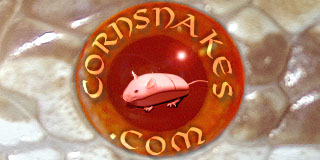whippet
Tara
Photos of a necropsy of some venomous snakes in which the owner was force feeing pinkies.
WARNING! GRAPHIC PHOTOS!
http://community.livejournal.com/herpers/1595022.html
WARNING! GRAPHIC PHOTOS!
http://community.livejournal.com/herpers/1595022.html
